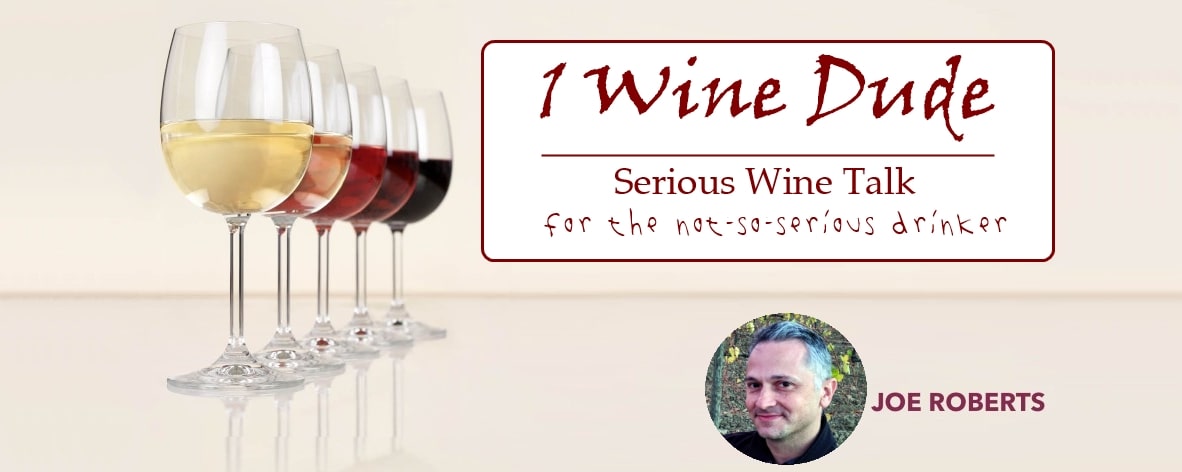A couple of weeks ago, I got a call from the folks who create content for Publix Grape Magazine, a free newsletter with wine tips and recommendations from the grocery chain’s extensive list of available wines. For those who don’t know Publix, they kind of rule the roost in terms of the grocer action in…
Tag: oak
Weekly Wine Quiz: Some Coffee With That Oak?
Welcome to the Weekly Wine Quiz, peoples. Based on feedback from ever-so-vocal-and-intelligent peeps like you, I supply the quiz question each week, but do *not* supply the quiz answer directly in the post. That’s because YOU are supposed to supply the answer in the comments, and then tune back in later today in the comments…


